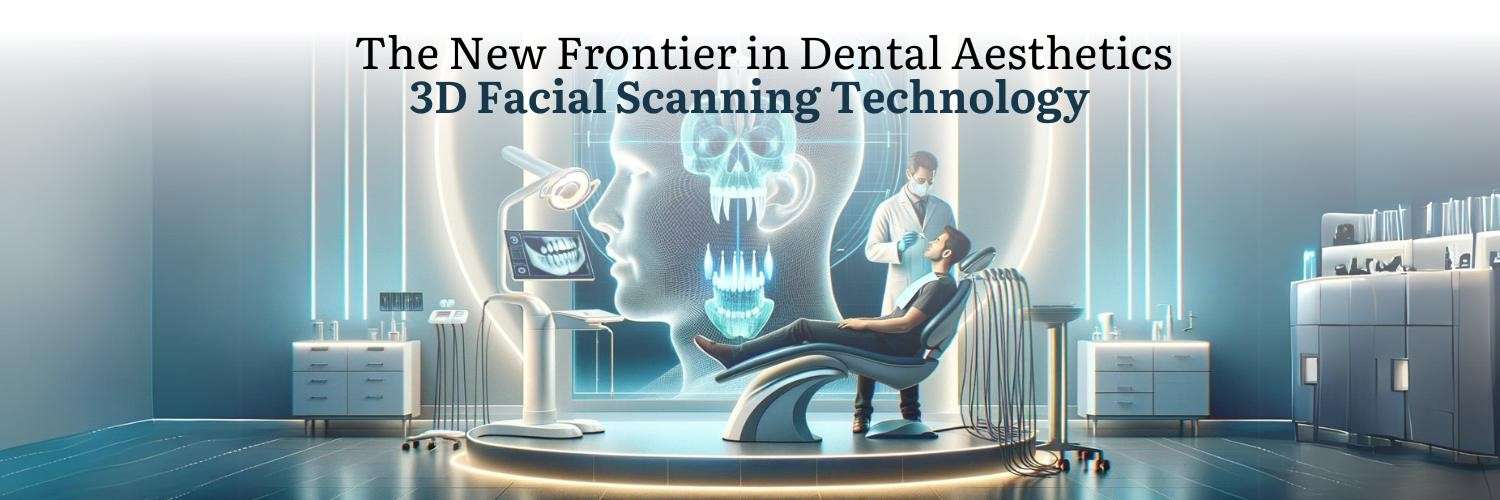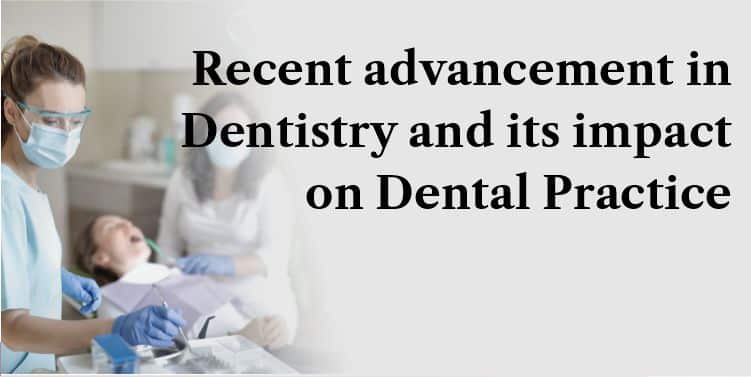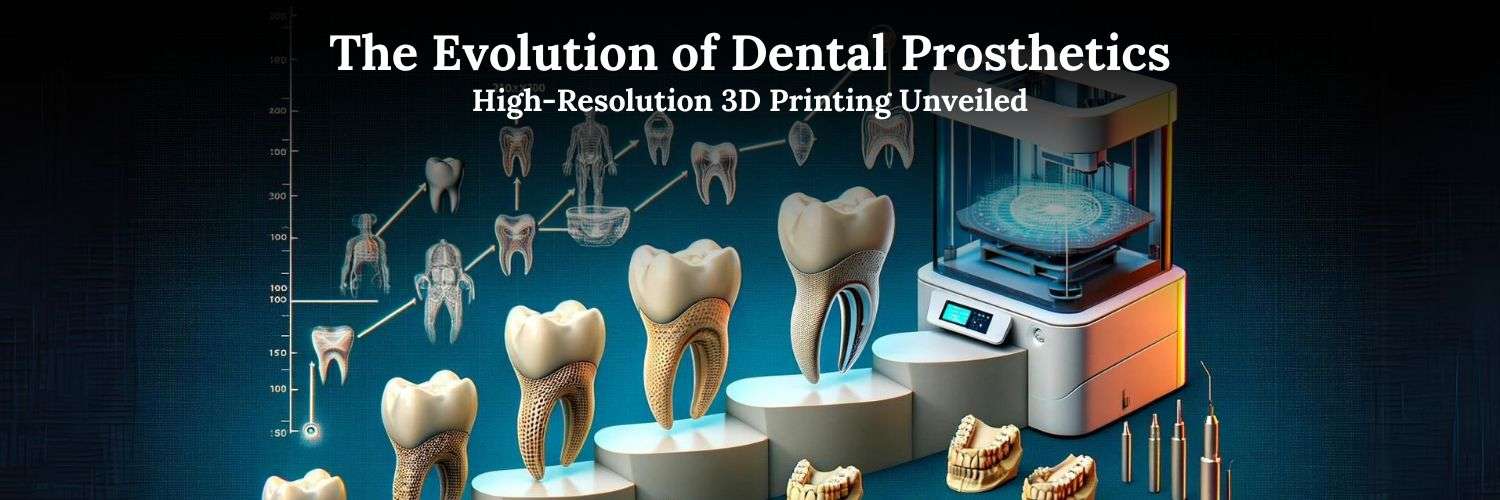The New Frontier in Dental Aesthetics: 3D Facial Scanning Technology
Introduction to 3D Facial Scanning
The advent of 3D facial scanning technology marks a pivotal moment in the realm of dental aesthetics, positioning itself as a cornerstone of modern cosmetic dentistry. This innovative technology has ushered in a new era where the precision of dental treatments and the personalization of patient care are reaching unprecedented heights. The essence of 3D facial scanning lies in its ability to provide detailed, three-dimensional images of a patient’s face, capturing intricate details that go beyond mere dental structures to include the patient’s overall facial aesthetics. This comprehensive approach allows dental professionals to design treatments that harmonize not only with the teeth but also with the patient’s facial proportions, ensuring results that are both functionally sound and aesthetically pleasing.
The significance of 3D facial scanning in revolutionizing cosmetic dentistry cannot be understated. By enabling a level of detail and accuracy that was previously unattainable, dental practitioners can now offer solutions that truly reflect the individual needs and desires of their patients. Whether it’s crafting the perfect smile, planning orthodontic interventions, or preparing for complex reconstructive surgeries, 3D facial scanning provides the foundation for treatments that are tailored to the unique contours of each patient’s face. This precision not only enhances the effectiveness of dental procedures but also significantly improves patient satisfaction by aligning expectations with outcomes.
Moreover, the integration of 3D facial scanning into dental practice represents a leap forward in patient-centric care. Through the use of this technology, patients are now more involved in their treatment planning process, able to visualize potential outcomes, and make informed decisions about their care. This collaborative approach fosters a deeper understanding and connection between patients and their dental care providers, ultimately enhancing the trust and confidence patients place in their dental professionals.
In conclusion, the introduction of 3D facial scanning technology into the dental aesthetics landscape is transforming the way dental professionals approach cosmetic dentistry. By offering unparalleled precision, enhancing personalized care, and fostering greater patient involvement, 3D facial scanning stands as a testament to the ongoing innovation in dental technology. As we move forward, it is clear that this technology will continue to play a critical role in shaping the future of dental aesthetics, promising a brighter, more personalized future for dental care.

Technological Foundations and Applications
The technological foundations of 3D facial scanning in the dental field are rooted in sophisticated imaging and digital processing capabilities. This cutting-edge technology utilizes structured light or laser to project a series of patterns onto the face. Cameras then capture the distortions in these patterns as they wrap around facial features, allowing software algorithms to reconstruct a highly accurate 3D model of the patient’s face. This process not only captures surface details but also measures depth, providing a comprehensive understanding of the facial anatomy in relation to the dental structures.
Applications in Dental Diagnostics
In dental diagnostics, 3D facial scanning offers a revolutionary approach. It enables dentists to assess not just the teeth and gums but also how these elements interact with the patient’s overall facial aesthetics. This holistic view is crucial for diagnosing underlying issues that may not be apparent with traditional 2D imaging, offering a more comprehensive analysis for treatment planning.
Smile Design and Personalized Dentistry Solutions
One of the most exciting applications of 3D facial scanning is in the realm of smile design. By integrating 3D facial images with digital dental models, practitioners can simulate and visualize the outcomes of cosmetic treatments, allowing for adjustments before any physical work is done. This capability ensures that the final result aligns with the patient’s expectations and enhances their natural facial features, leading to highly personalized dentistry solutions.
Treatment Planning in Orthodontics and Restorative Dentistry
In orthodontics, 3D facial scanning technology is instrumental in planning treatments that consider the patient’s overall facial symmetry and aesthetics. It aids in customizing orthodontic appliances and braces that not only achieve the desired dental alignment but also enhance the patient’s facial harmony. Similarly, in restorative dentistry, the technology assists in designing crowns, bridges, and implants that fit perfectly within the patient’s unique dental and facial structure, ensuring both functionality and aesthetic appeal.

Advantages in Cosmetic Dentistry
Precision in Aesthetic Dental Treatments
3D facial scanning technology has ushered in a new era of precision in cosmetic dentistry. This advanced approach allows dentists to capture and analyze the detailed contours of a patient’s face and oral structure, enabling treatments that are tailored not just to the teeth, but to the entire facial aesthetic. The precision of 3D facial scans ensures that aesthetic treatments such as veneers, crowns, and implants are designed and implemented with an unprecedented level of accuracy, fitting seamlessly into the patient’s natural smile and facial features. This meticulous attention to detail is crucial in cosmetic dentistry, where the goal is not only to enhance oral health but also to achieve a harmonious and appealing appearance.
Visualizing Potential Outcomes
One of the most significant benefits of 3D facial scanning technology is the ability to visualize potential outcomes of cosmetic dental treatments before any physical work begins. Dentists can use the detailed 3D models to simulate various treatment options, showing patients how their smiles could look post-treatment. This visualization process is instrumental in-patient decision-making, allowing individuals to make informed choices about their dental care with a clear understanding of the expected results.
The ability to preview treatment outcomes boosts patient confidence and satisfaction. Knowing what to expect alleviates anxiety and builds excitement for the final results, leading to a more positive overall experience. Additionally, this collaborative approach between dentist and patient fosters a deeper level of trust and communication, further enhancing the quality of care.
Integration in Orthodontics and Restorative Dentistry
Custom Orthodontic Planning with 3D Facial Scanning
The integration of 3D facial scanning in orthodontics has revolutionized the way dental professionals approach treatment planning and appliance fabrication. The Shining 3D MetiSmile 3D Face Scanner, for instance, exemplifies how this technology can be leveraged to tailor orthodontic treatments to the unique facial structure of each patient. By providing comprehensive 3D images of the patient’s face, including soft tissue contours and underlying bone structure, practitioners can design orthodontic interventions that not only correct dental misalignments but also enhance overall facial symmetry and aesthetics.
The precision of 3D facial scans allows for the custom fabrication of orthodontic appliances, such as braces and aligners, ensuring a perfect fit and more effective treatment outcomes. This level of customization was previously challenging to achieve with traditional imaging techniques. The detailed visualization of how changes to the dental structure will impact the overall facial appearance enables orthodontists to make more informed decisions, ultimately leading to improved patient satisfaction with both the process and the final results.
Enhancing Restorative Dentistry with Accurate 3D Models
In restorative dentistry, the Shining 3D MetiSmile 3D Face Scanner and similar technologies play a critical role in creating accurate and aesthetically pleasing dental restorations. The ability to capture detailed 3D images of the oral cavity and facial features allows for a holistic approach to restoration design, considering not only the functionality but also the visual harmony of dental prosthetics with the patient’s overall appearance.
For procedures involving dental crowns, bridges, implants, and veneers, 3D facial scanning ensures that the restorations are not only perfectly matched in color and shape to the natural teeth but also contribute positively to the facial balance and aesthetics. This attention to detail is essential in restorative dentistry, where the goal is to restore not just the function but also the beauty of the patient’s smile.

Impact on Patient Experience and Education
Enhancing the Patient Experience Through Advanced Diagnostics
The advent of 3D facial scanning technology in dental care has significantly enhanced the patient experience, primarily through its non-invasive and accurate diagnostic capabilities. Unlike traditional methods that may involve discomfort or anxiety, 3D facial scanning offers a comfortable and stress-free approach to dental diagnostics. This technology allows for detailed and precise imaging of the patient’s dental and facial structures without direct contact, making the diagnostic process not only more bearable for patients but also more engaging. The ability to quickly and accurately capture comprehensive dental data improves the efficiency of treatment planning, reducing the overall time patients spend in the dental chair and minimizing the need for repeat visits.
Fostering Patient Education and Engagement
One of the most notable contributions of 3D facial scanning technology is its role in patient education. By providing clear, detailed visualizations of dental conditions and proposed treatments, this technology empowers patients with a better understanding of their oral health and the treatment journey ahead. Patients can view 3D models of their current dental state, alongside simulations of potential treatment outcomes, allowing for a more informed and active participation in their treatment planning.
This visual and interactive approach to patient education demystifies complex dental procedures, helping patients to grasp the necessity and benefits of proposed treatments. It also fosters a collaborative environment where patients feel more involved in their care decisions, leading to higher satisfaction rates and a stronger dentist-patient relationship. The clarity and transparency provided by 3D facial scanning help to build trust and confidence, encouraging patients to take a more proactive role in their dental health.
Conclusion: The Future of Dental Aesthetics with 3D Technology
The advent of 3D facial scanning technology has marked a significant milestone in the field of dental aesthetics, heralding a new era where precision, personalization, and efficiency are at the forefront of dental practice. This transformative technology has not only redefined the standards of cosmetic dentistry but also set a new benchmark for patient care, offering treatments that are tailored to the unique facial features and aesthetic desires of each individual.
Reflecting on Transformative Impact
The impact of 3D facial scanning on dental aesthetics and practice is profound. By enabling dentists to visualize the patient’s face in three dimensions, this technology has facilitated a more holistic approach to dental care, where treatments are designed with an eye not just for functionality but for aesthetic harmony as well. This leap in diagnostic and planning capabilities has translated into outcomes that are more aligned with patient expectations, thereby enhancing satisfaction and trust in dental professionals.
Anticipating Future Advancements
Looking ahead, the potential for future advancements in 3D facial scanning and related technologies is boundless. As we continue to push the boundaries of what’s possible in dental technology, we can expect even more sophisticated diagnostic tools, more accurate and lifelike simulations of treatment outcomes, and even greater integration with other digital dental technologies. These advancements will likely continue to streamline treatment processes, reduce turnaround times, and offer even higher levels of customization in dental care.
Moreover, the ongoing development of 3D technology promises to further democratize high-quality dental aesthetics, making advanced treatments more accessible to a broader population. As these technologies become more widespread, patient education and engagement are also expected to reach new heights, empowering individuals to take an active role in their dental care journeys.





Leave a comment